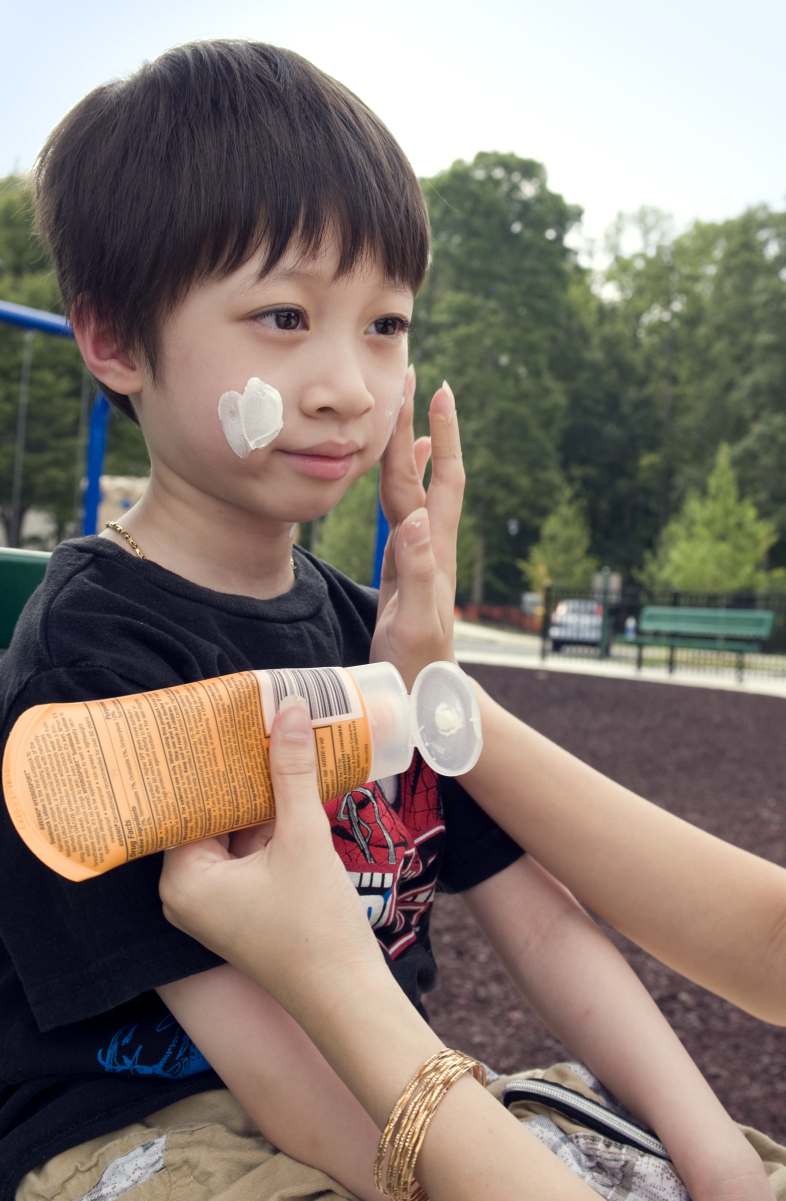 As the state heats up, it is important for Arizonans to start taking steps now to be safe in the sun and heat.
As the state heats up, it is important for Arizonans to start taking steps now to be safe in the sun and heat.
This week is Arizona Heat Awareness Week and May is Melanoma and Skin Cancer Awareness Month, so as summer quickly approaches, start implementing steps now to protect against melanoma and skin cancer risk, and stay safe all season.
Reduce your risk
Taking steps to reduce your risk for melanoma and skin cancer should be a priority for all Arizonans.
The Centers for Disease Control and Prevention (CDC) offers guidance on reducing your risk. The Environmental Protection Agency provides a UV Index tool that forecasts the ultraviolet radiation levels in your areas and offers tips on how you can best protect yourself from all skin cancers. When the UV Index is 3 and above, take the following precautions:
- Stay in shaded areas
- Wear clothing that covers arms and legs
- Wear a hat to shade your face, head, ears and neck
- Wear sunglasses that protect against Ultraviolet A (UVA) and Ultraviolet B (UVB) rays
- Use a broad-spectrum sunscreen with a sun protection factor (SPF) of 30 or higher
- Regardless of the UV Index, avoiding indoor tanning beds is an easy way to prevent skin cancer
Types of skin cancer
The type of skin cancer a person is diagnosed with depends on the cells where the cancer began. There are three main types of skin cancer: squamous cell carcinoma, basal cell carcinoma, and melanoma.
When these cells grow rapidly and uncontrollably, they become cancerous (melanoma and carcinomas).
How common is melanoma and skin cancer?
Skin cancer is the most common cancer diagnosis in the United States. Basal and squamous cell skin cancers make up a majority of these diagnoses. An estimated 5.4 million basal and squamous cell skin cancer cases are diagnosed in the United States each year. Only 1% of all skin cancer cases diagnosed in the United States are melanomas, but melanomas are responsible for the majority of the skin cancer deaths.
Melanoma is the fourth most common cancer diagnosis in Arizona. From 2017 to 2021, an average of 2,789 Arizonans were diagnosed with invasive melanoma each year at a rate of 32 cases per 100,000 people. Arizonans are diagnosed with melanoma at a rate 28% higher than the rest of the United States.
What are the risk factors for melanoma and skin cancer?
A risk factor is anything that can increase your likelihood of developing a disease. For skin cancer (including melanoma) risk factors include:
- Ultraviolet (UV) light exposure
- Having many moles and atypical moles
- Having a lighter complexion
- Family or personal history of melanoma
- A compromised immune system
- Being male
- Being older
Due to Arizona’s year-round warm climate and high daily UV exposure, all Arizonans are at an increased risk for all skin cancers. Those with lighter skin tones who sunburn easily have a higher risk of skin cancer compared to those with darker skin tones.
While the sun shines all over Arizona, there are counties that have a higher rate of melanoma occurrence than others. Yavapai, Pima, and Maricopa counties have the highest melanoma rates in our state.
It is important to note that people who have more risk factors for skin cancer are not the only people who can develop skin cancer. Anyone can develop skin cancer regardless of age, gender, or skin color.
The ADHS SunWise Skin Cancer Prevention Program provides free curriculum, education, and resources to promote sun safety and reduce skin cancer. Limit the sun, but not the fun! Be SunWise!
To better support Arizona through extreme heat as part of the Governor’s Executive Order on Extreme Heat Planning and Preparedness and the state’s Extreme Heat Preparedness Plan, the Arizona Department of Health Services has released our ADHS Recommendations and Findings for the Arizona Extreme Heat Preparedness Plan.
ADHS hosted a press conference with other local and state health officials on Friday May 3 discussing heat safety measures. Watch the full press conference.
For more information on the ADHS Extreme Heat Preparedness Plan, please visit our website at azhealth.gov/extremeheat.










